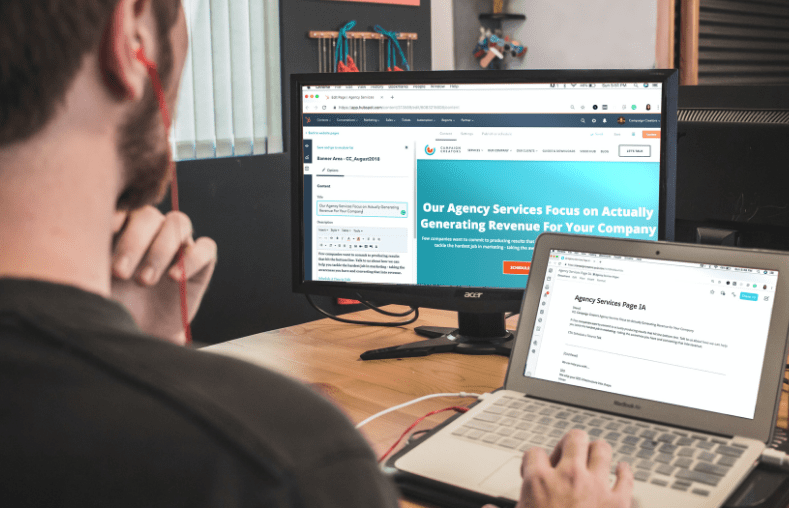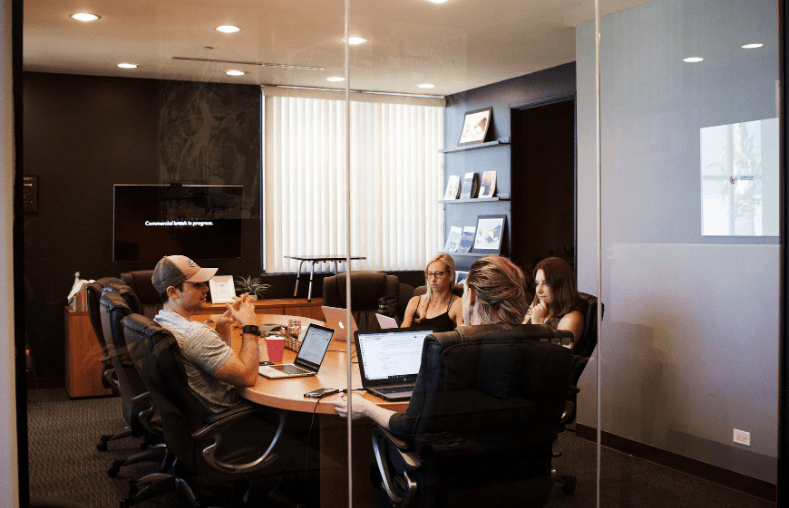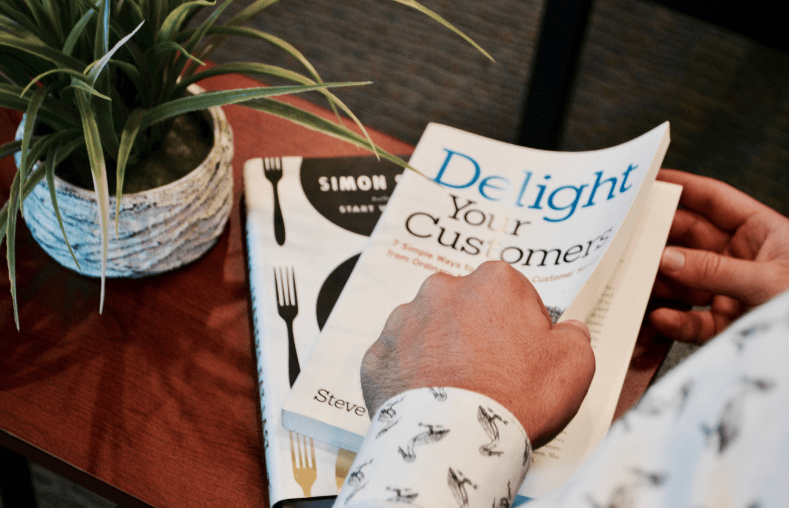Conversion-Focused Web Design 101: All You Need to Know
Current-day web designs go far beyond being just good-looking. With the right approach, they help achieve goals, including increasing brand awareness and boosting sales.
Current-day web designs go far beyond being just good-looking. With the right and meticulous approach, they help achieve long-term business goals, including increasing brand awareness and boosting conversions.
What is Conversion-Focused Design
Growing conversions is what every website owner and marketing manager is obsessed about. Creating designs for online stores focusing on converting more customers pushes forward the limits and increases opportunities for the website.
Conversion-focused (also known as conversion-centered) web design is not just a buzzword. It brings the following benefits:
- ✓ drives sales or more qualified leads, in case you’re running an online business in the B2B market;
- ✓ outperforms competitors in delivering a better shopping experience;
- ✓ optimizes costs in improving a customer journey.
Main Elements of a Conversion-Focused Website
Three primary markers define a website with a focus on conversions:
- ✓ Powerful and inviting calls-to-action (CTAs). They are an effective tool to persuade website visitors to take desirable actions and smoothly move through the buying journey. In this case, even tiny things matter, including place, color, text, shape, and size. For instance, anchor text CTAs surpass button CTAs by more than 120 percent, according to the HubSpot data, which gives much food for thought.
- ✓ Valuable and helpful content. They are an effective tool to persuade website visitors to take desirable actions and smoothly move through the buying journey. In this case, even tiny things matter, including place, color, text, shape, and size. For instance, anchor text CTAs surpass button CTAs by more than 120 percent, according to the HubSpot data, which gives much food for thought.
- ✓ Engaging user experience. Just imagine studies reveal that, on average, every $1 invested in improving user experience gives back $100. Sounds impressive! So what does engaging user experience in particular mean? In a nutshell, it delivers pleasant emotions to your users while surfing the website. The content loads fast and easy-to-understand, allowing customers to quickly and intuitively make purchases without a hitch.
Where to Start
Let’s assume you’d like to make your design convert like crazy. Where to start?
Whether you choose to make this way on your own or reach out to the web design service provider, you face doing some homework that is a foundation for further development and improvements.
Step #1 Explore your target audience. In a perfect world, you’d better conduct research, surveys, and in-depth interviews to know your target groups’ intentions, drivers, and pain points and develop user personas. These artifacts will help you create hooks in your customer journey and meet the needs of your users. Conversion-focused web design, above all, means a user-centric approach.
The primary tool you can use at this stage may be Google Analytics data, which allows building sales funnels and seeing your bottlenecks and areas of improvement, where you gradually lose qualified traffic.
Heatmaps is another tool that you can use to analyze user behavior on your website.
Step #2 Research the market and competitive field. While generating design ideas, use competitors and niche players as sources of inspiration and analyze what kinds of designs are working.
Another way to develop a general understanding is to analyze ready-made design templates as most of them have been initially created, taking into account the latest UX/UI practices focusing on conversions.
Step #3 Stay tuned for the latest web design trends and follow them. Every year features prevailing trends and various design awards among ecommerce businesses. Check out trending articles, follow web design influencers and trustworthy research institutions, such as the Baymard Institute or the Nielsen Norman Group, to use all of these collected ideas in the next step.
Step #4 Put forward hypotheses and test them regularly. Based on your market and target audience analysis, sales funnel results, and conclusions, you could develop some insights and suggestions.
In case one of the product pages is not conversion-friendly enough, it doesn’t exactly mean that something is wrong with a product or webpage itself. The problem may reside in the content, CTA button, technical issue, functionality, or overall user experience.
Conduct A/B testing of your website’s main elements, such as buttons, CTAs, content, images, and track efficiency of each of them. Change their visual appearance or text, and the main thing is not to do both simultaneously. Instead, deal with it gradually for the purity and accuracy of the experiment.
Step #5 Analyze and optimize 🙂 User data and hypotheses are pretty good, but that’s not enough. You’d better implement all conclusions and observations immediately and then repeat the cycle of operations again and again.
Quick Web Design Tips for Better Conversions
If you feel pretty confident compared to the competitors and think that you provide your purchasers with a seamless user experience, think about enhancing some aspects that won’t take too much time.
- ✓ Find the best place where your CTAs convert well. Above or below the fold? On the left side or center of the webpage? There is no right or wrong answer — you have to find out the hard way.
- ✓ Reduce distractions and focus your audience’s attention on what matters. Please, don’t make your visitors feel frustrated. The fewer options you offer them, the higher the chance they would choose and click.
- ✓ Use the power of social proof to make your conversions take off. Reviews and other kinds of user-generated content may play a leading role in your design and get highlighted on webpages.
- ✓ Make sure your website contains enough white space. Unoccupied space will efficiently highlight the decisive buttons and calls-to-action. As a result, such a website’s first sight will give an impression of simplicity and clarity.
- ✓ Create contrast using a suitable color scheme. It will help you bring the crucial elements into focus and represent your brand identity.
- ✓ Follow basic, user-friendly principles. Test your website, every button, and feature on various devices to make sure everything works all right. Pay special attention to the shopping cart and checkout process.
Conclusion
The main trick of a conversion-centered web design is continuous improvement and in-depth analysis of all the data you have. Do not go crazy with these ‘best practices’ as there are no one-size-fits-all solutions that will generate massive sales the next day after implementation.
If you don’t have enough resources to do such a big and finicky job, never mind! You can always delegate this to more experienced specialists, who will take care of your website and allow you to concentrate on more important things.
Looking for a stunning makeover of your store?
Drop your contact information, and we’ll be back to you shortly



